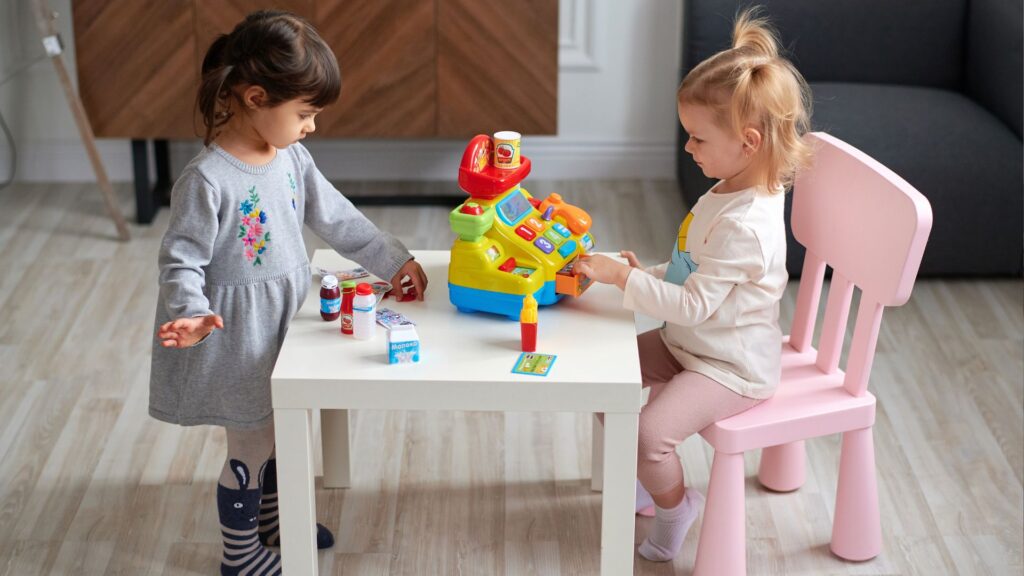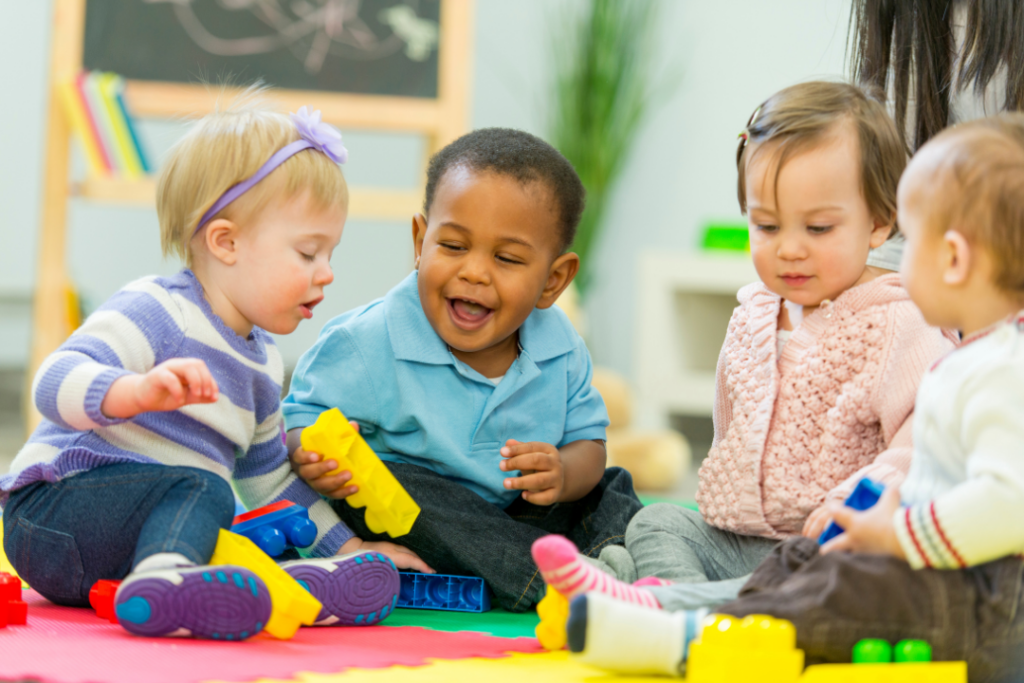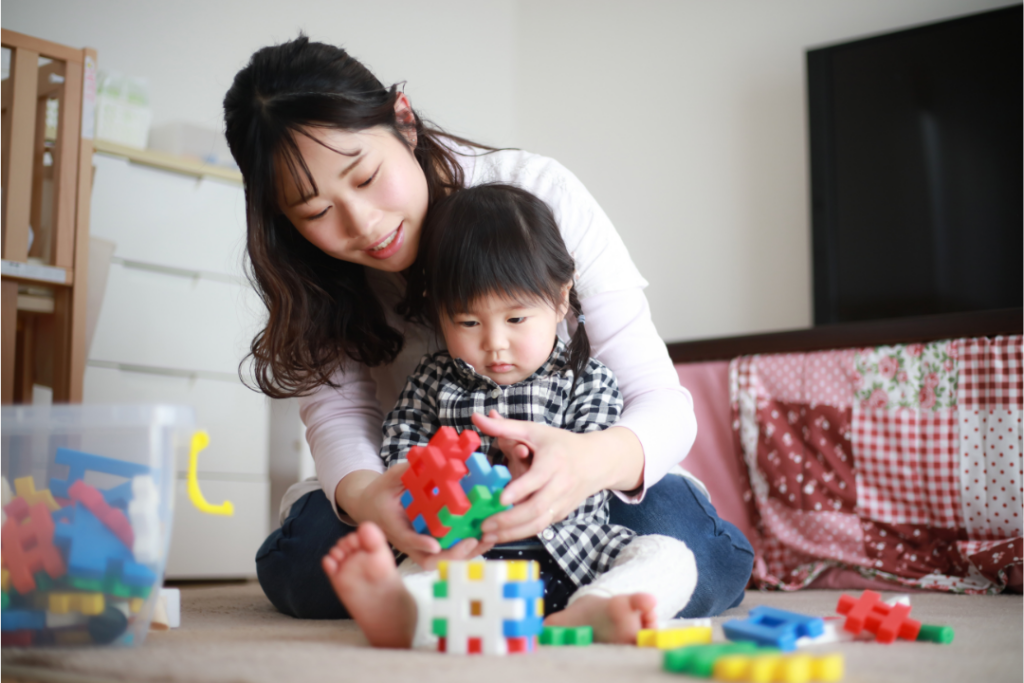Author: Emma Remaili, Paediatric Occupational Therapist
4-5 min Read
Emotional dysregulation can be challenging for children, parents, and professionals. Outbursts, withdrawal, or unexpected reactions often seem to come out of nowhere. However, behaviour is never random. The ABC Iceberg Behavioural Model helps us understand what’s happening beneath the surface, allowing us to predict and prevent emotional dysregulation effectively.
Understanding the ABC Iceberg Behavioural Model
This model combines two key frameworks: the ABC model (Antecedent, Behaviour, Consequence) and the Iceberg model of behaviour. Together, they reveal that what we see on the surface is just a small part of a much bigger picture.
The ABC Model
The ABC model looks at the sequence of events surrounding a behaviour:
- Antecedent – What happens before the behaviour?
- Behaviour – What does the child do?
- Consequence – What happens immediately after the behaviour?
The Iceberg Model
This reminds us that behaviour is like an iceberg—only a small part is visible. Beneath the surface, there may be:
- Unmet needs
- Sensory sensitivities
- Past experiences
- Emotional responses
By combining these models, we gain a deeper understanding of why a child may struggle and how to support them proactively.

Predicting Emotional Dysregulation
Emotional dysregulation doesn’t happen randomly. By applying the ABC Iceberg Model, we can recognise patterns and early warning signs.
Identifying Antecedents
What triggers the behaviour? Is it a noisy environment, a change in routine, or a social demand? Recognising these patterns helps us anticipate when a child might struggle.
Observing Behaviour Changes
Subtle signs of distress often appear before a full meltdown or shutdown. Look for fidgeting, avoidance, changes in tone, or withdrawal.
Understanding the Iceberg
A child’s visible reaction might be frustration, but underneath, they could be experiencing sensory overload, anxiety, or difficulty processing language.
By tracking these elements, we can predict when dysregulation is likely and step in early to help.
Preventing Emotional Dysregulation
Once we understand what’s beneath a child’s behaviour, we can take proactive steps to support them before they reach a breaking point.
1. Address Underlying Needs
Behaviour is communication. Repeated struggles in certain situations may signal unmet needs such as:
- Sensory sensitivities
- Anxiety or overwhelm
- Fatigue
- Difficulty with transitions
Adjusting the environment, offering sensory supports, or providing clear expectations can make a significant difference.
2. Modify Antecedents
If a child finds noisy spaces overwhelming, we can provide noise-minimising headphones or a quiet retreat. If transitions are difficult, visual schedules or extra transition time can help. Small environmental changes can prevent distress before it escalates.
3. Teach Regulation Strategies
Helping children develop emotional regulation skills is key. Strategies like:
- Breathing exercises
- Movement breaks
- A designated safe space
can help children manage emotions before they become overwhelming. These tools should be introduced when the child is calm so they can use them effectively in moments of distress.
4. Respond Thoughtfully to Behaviour
Our response influences what happens next. Reacting with frustration or punishment can increase distress. Instead, we can:
- Validate emotions (“I see that you’re feeling overwhelmed.”)
- Offer co-regulation (sitting close, using a soothing voice)
- Guide them towards strategies that help them feel safe and understood

A Relationship-Based Approach
The ABC Iceberg Behavioural Model aligns well with a neuroaffirming and relationship-based approach. Instead of focusing on controlling behaviour, we focus on understanding and supporting the child.
When children feel safe, heard, and valued, they are more likely to develop their own regulation skills over time.
By using this model, we move from reacting to behaviour to creating environments where children can thrive. Emotional dysregulation becomes less about “challenging behaviour” and more about unmet needs that caregivers and professionals can address.
If you feel like your child is struggling with emotional regulation or behaviour, talk to an occupational therapist for further guidance. Contact MoveAbout today. Check out our Facebook and Instagram pages for more education regarding sensory processing and regulation.











